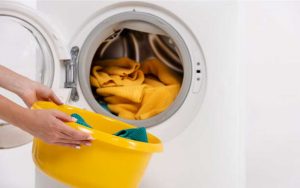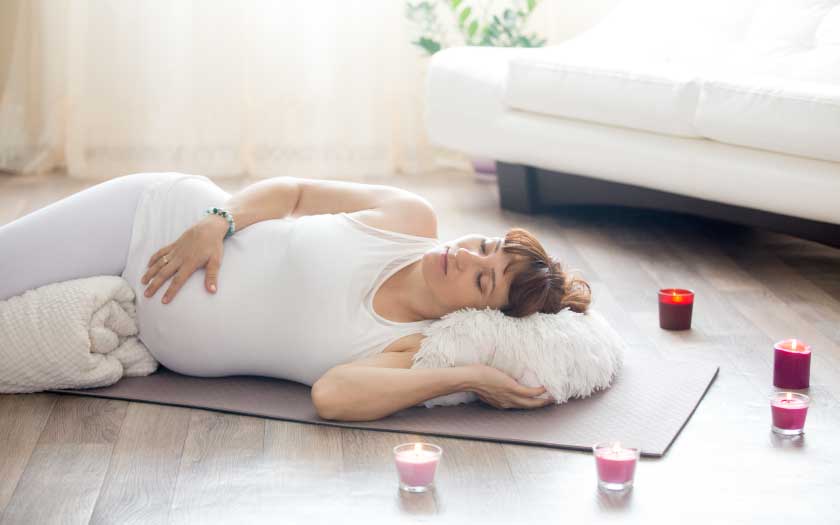Have you ever thought about the quality of the air you breathe in your home? Indoor air may seem clean enough, but there may be irritants in the air that can be polluting it. Cigarette smoke, perfumes, aerosol sprays, cleaning products, and even fumes from paint or cooking gas are some of the irritants found in many homes. Well, this article hopes to ‘clear the air’ on this subject.
Mold — danger in the damp
These microscopic plant-like organisms can grow on many surfaces and they tend to flourish in damp places like bathrooms and basements. Molds reproduce by sending spores into the air; inhaled mold spores are known to be an asthma trigger.
To help reduce moisture and mold, be sure that there are no leaky pipes, faucets, or roofs in your home. Clean and repair roof gutters regularly too.
Ensure that your bathrooms and basement are well ventilated. Install and use exhaust fans to help lower moisture in these areas. If you have any damp closets, clean them thoroughly, and leave a bulb (around 100-watt) on all the time to increase the temperature and dry out the air.
Clean any visible mold or mildew with a solution that’s one part chlorine bleach to 10 parts water. Don’t paint or caulk over moldy surfaces without cleaning them first. When painting bathrooms or other areas of your house that are prone to dampness, use anti-mildew paint.
Dreaded dust mites
Dust mites are microscopic bugs that live in household dust. Their diet consists primarily of the dead skin cells that we shed daily. They’re present almost everywhere, from upholstered furniture to floor rugs and they flourish especially on human bedding.
If you are serious about reducing dust mites, then carpeting, especially wall-to-wall ones, is a no-no. If you have area rugs, make sure they’re washable and clean them weekly in hot water.
Vacuuming and dusting your home regularly will also help keep dust mites to the minimum. Use a special small-pore filter bag on your vacuum. The best option will be one with a HEPA filter. When you dust, use a damp cloth to avoid spreading dust mite particles in the air.
Cover mattresses, pillows, and other bedding or seating items with mite-proof covers (available from retailers who specialize in hypoallergenic products). Also, be sure to regularly wipe down the covers. Avoid feather or down pillows or comforters; choose to bed made with synthetic materials instead.
Keep your child’s collection of stuffed animals to a minimum. Any plush toys that your little one just can’t live without should be washed frequently in hot water (if they don’t contain batteries) and then dried on your dryer’s highest setting.

- Wash all of your child’s bedding in hot water at least once a week and dry them on a high setting, or let them dry in the open under the afternoon sun.
- Seal your child’s cloth toys in a plastic bag and place them in the freezer for at least five hours or overnight (dust mites can’t survive more than five hours of freezing temperatures).
- Keep your home clutter-free!
Pesky Culprit: Cockroaches
Here’s another major asthma trigger that can be difficult to avoid in multifamily dwellings, especially in urban areas — Cockroaches! Droppings or body parts of cockroaches have been known to trigger asthma attacks while a basic allergy to cockroaches is more common than many people think. For children or adults with severe bronchial asthma, they are most likely to be affected by a cockroach allergy. Other allergy sufferers with skin rashes, sinus infections, stuffy noses, and ear infections may also experience symptoms related to a cockroach allergy.
Did you know too that cockroach infestation happens very quickly? In fact, for every cockroach seen in a home, there could be up to 800 hidden in other places, like closets, sinks, and bathrooms! If you suspect your home is infested, it’s best to employ the services of an exterminator to address and treat the situation.
On your part, you can keep your home clean by wiping countertops and vacuuming regularly to remove allergens deposited by cockroaches. Avoid saving boxes, paper bags, or newspapers in piles around your home, and keep garbage containers closed.
An air purifier or air steriliser can help neutralize air pollution and help eliminate any indoor airborne allergens spread by pests in the house.
If your child has asthma, cleaner air will help!
Trigger-proofing your home can seem overwhelming, especially if your child has multiple asthma triggers. And the fact is, you won’t be able to eliminate all triggers. Although you want your home to be safe for your child, you can’t wrap it in a bubble.
Your doctor can help you decide which steps are necessary. But here are five tips to try to reduce asthma triggers:
- Put mattress covers on any bed your child sleeps in.
- Get rid of carpeting.
- Reduce dust.
- Get rid of any pest infestations.
- Don’t permit smoking anywhere in your home.
We all deserve to breathe in clean air all the time! So, instead of waiting for polluted indoor air to take its toll on us, take the initiative to improve the quality of your indoor air for your family’s health and well-being!


